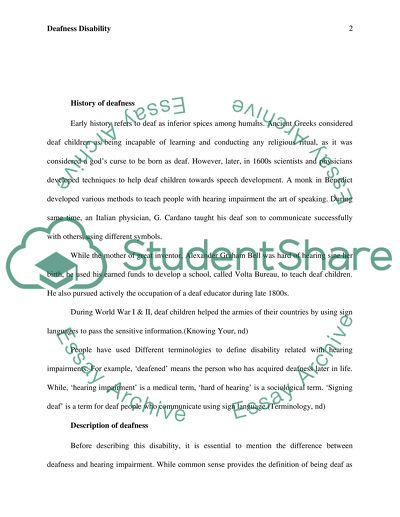Cite this document
(The Difference between Deafness and Hearing Impairment Case Study, n.d.)
The Difference between Deafness and Hearing Impairment Case Study. Retrieved from https://studentshare.org/health-sciences-medicine/1694537-deafness-disability
The Difference between Deafness and Hearing Impairment Case Study. Retrieved from https://studentshare.org/health-sciences-medicine/1694537-deafness-disability
(The Difference Between Deafness and Hearing Impairment Case Study)
The Difference Between Deafness and Hearing Impairment Case Study. https://studentshare.org/health-sciences-medicine/1694537-deafness-disability.
The Difference Between Deafness and Hearing Impairment Case Study. https://studentshare.org/health-sciences-medicine/1694537-deafness-disability.
“The Difference Between Deafness and Hearing Impairment Case Study”. https://studentshare.org/health-sciences-medicine/1694537-deafness-disability.


